US commercial crude oil inventories rose 4.3m barrels in the week ending March 100, versus expectation of -1.8m barrels decline. At 451.9m barrels, oil inventories are about -12% below the five year average for this time of year.
Gasoline inventories dropped -3.6m barrels. Distillate rose 0.3m barrels. Propane/propylene dropped -2.2m barrels. Total commercial petroleum inventories dropped -3.6m barrels.
WTI crude oil in hovering in tight range at around 96 after the release. The pull back from 131.82 high was much deeper than expected. But still, it’s seen as developing into a corrective pattern for now. Selloff is slowing as it’s trying to draw support from 55 day EMA. There is prospect of a rebound from current level. Break of 105.24 minor resistance will indicate that a rebound is underway, back towards 131.82 high.


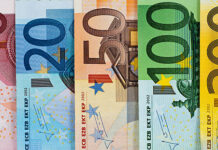

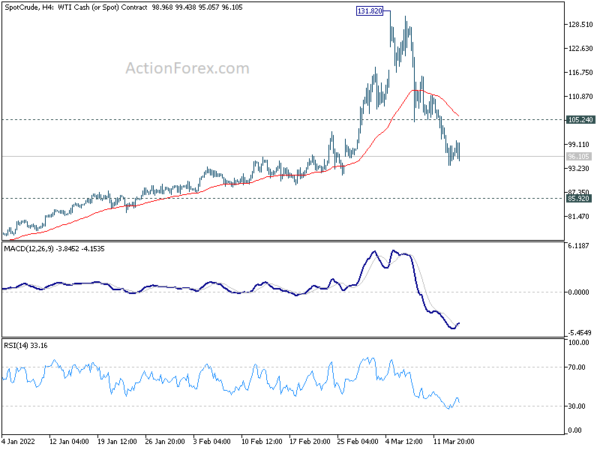
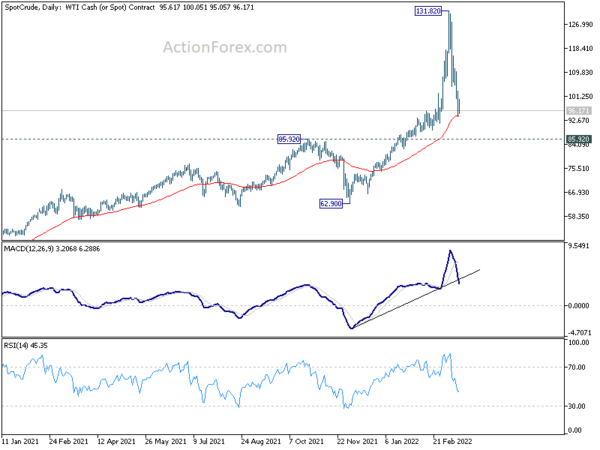
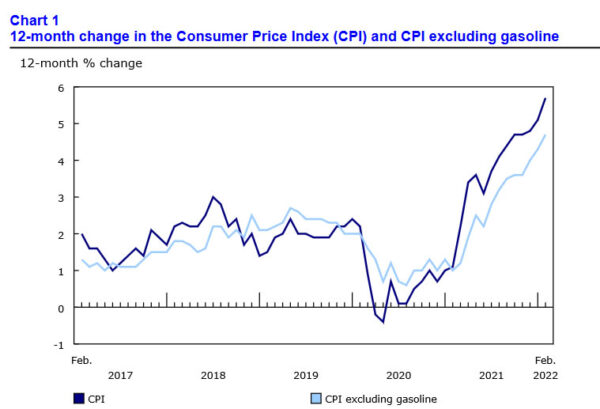
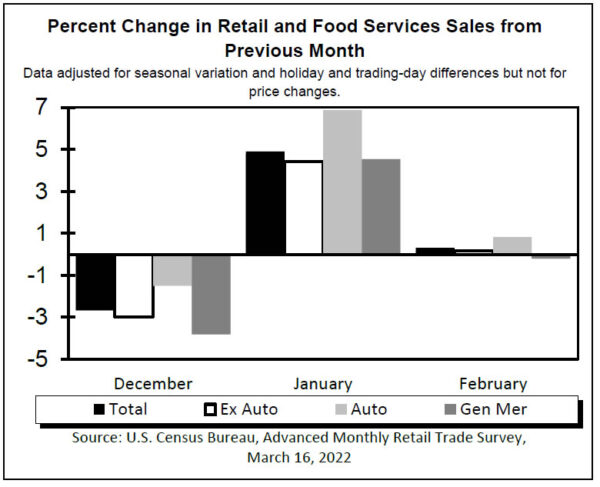

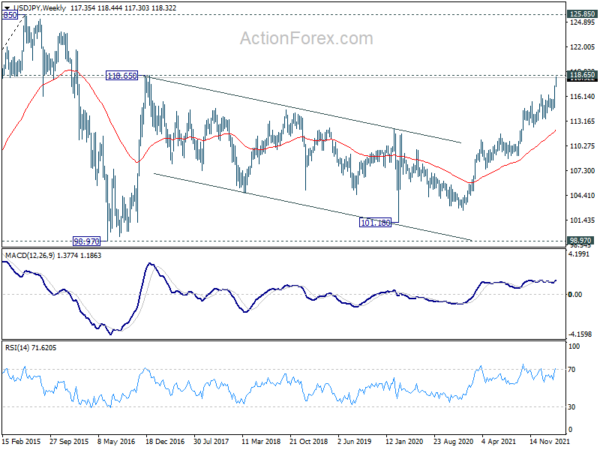
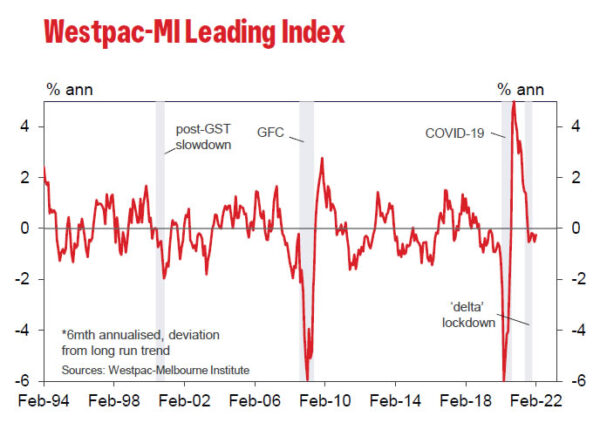
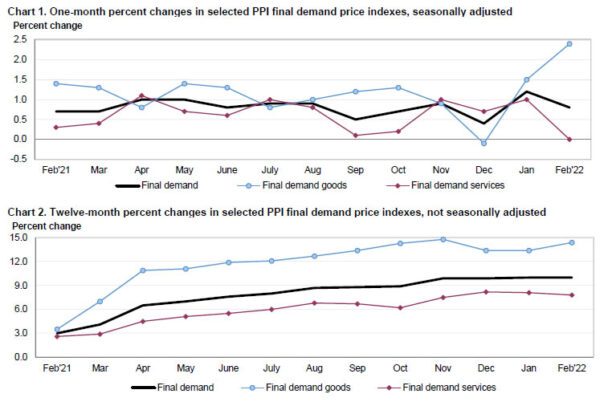
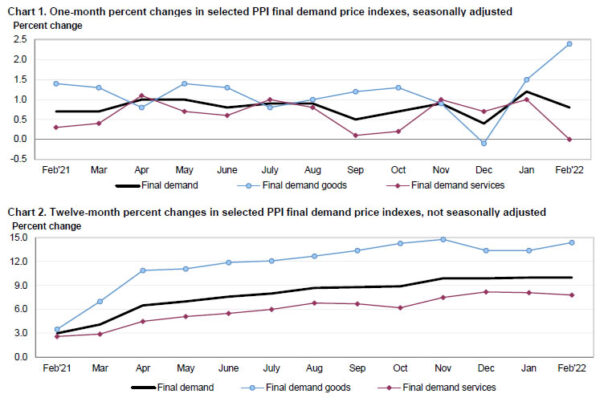
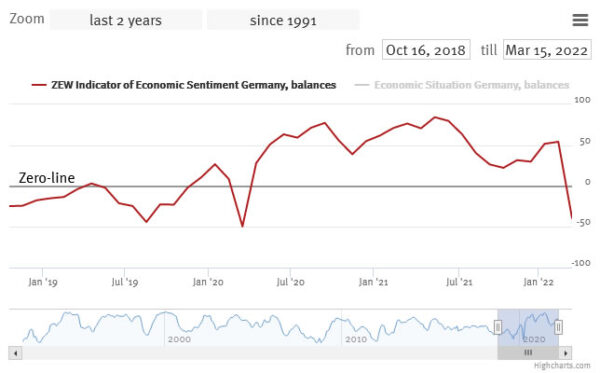
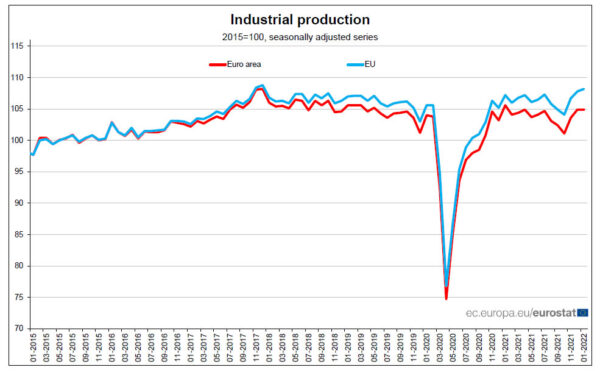
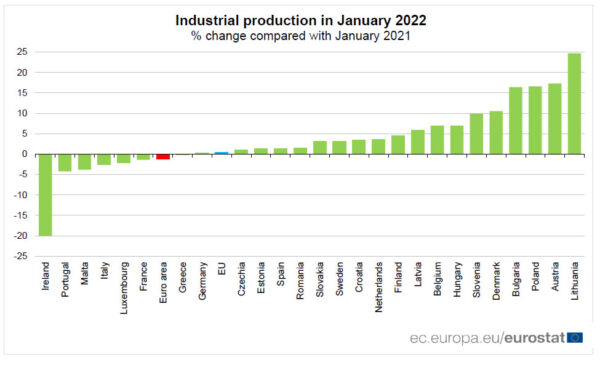
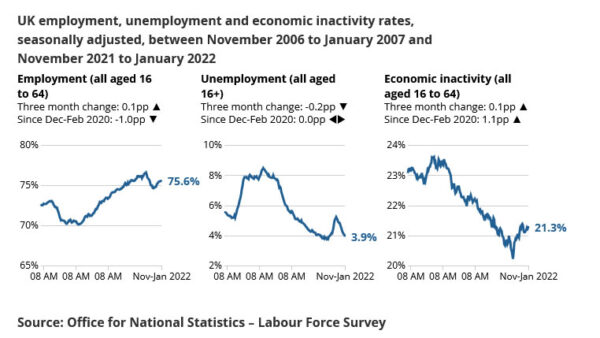
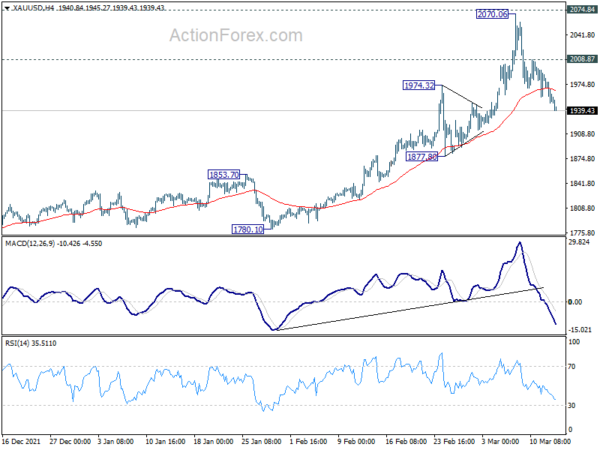
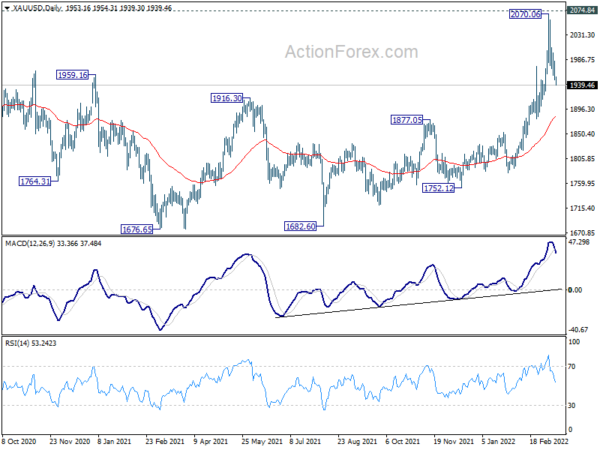
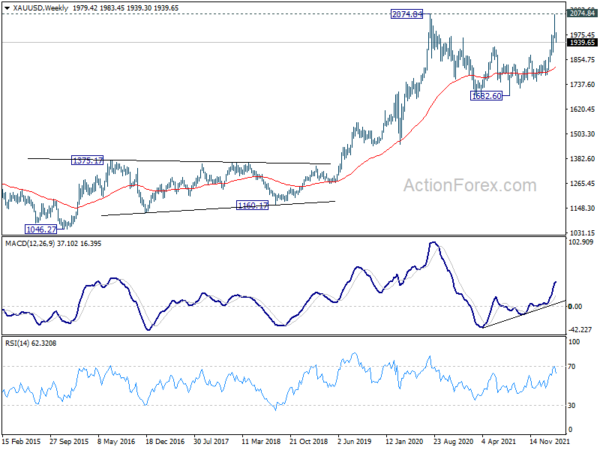
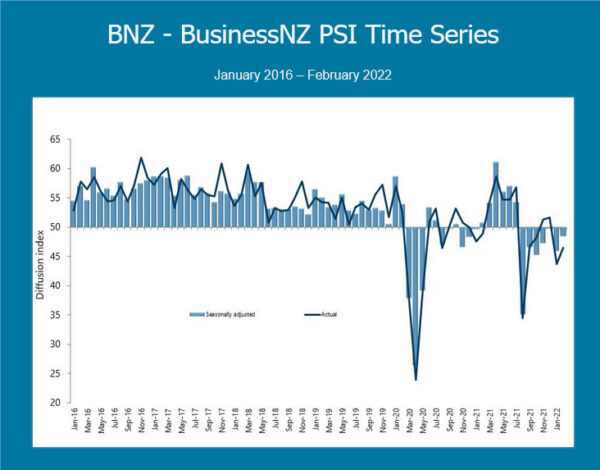
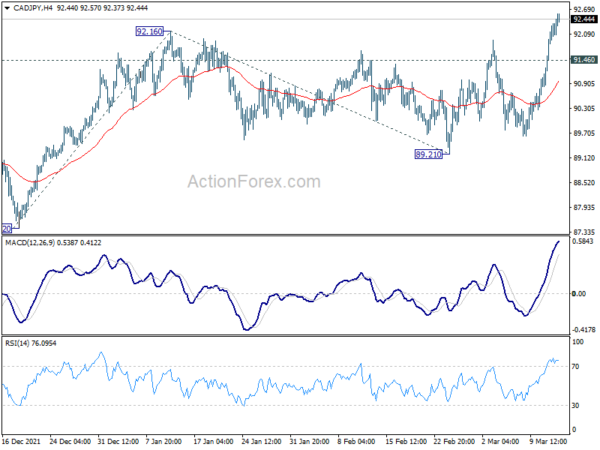
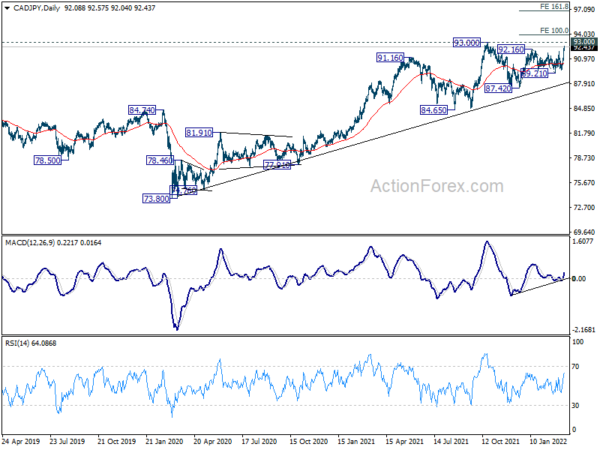
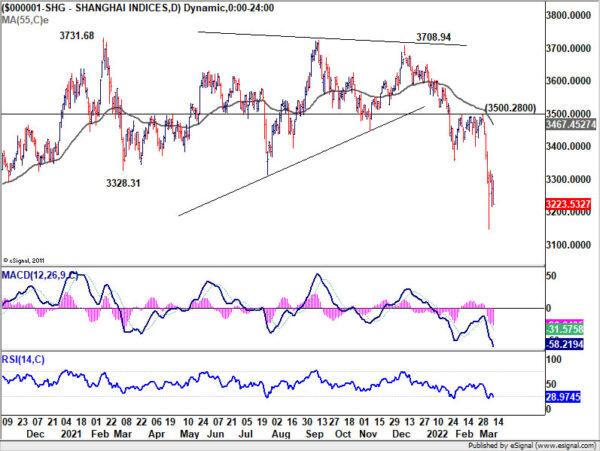
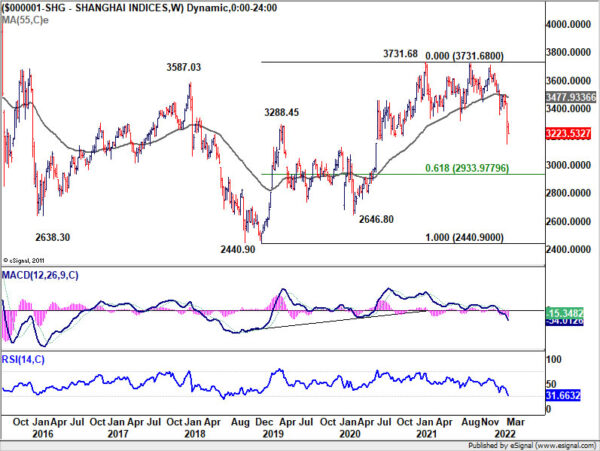

Fed hike 25bps, sees rate at 1.9% by end of 2022, 2.8% by end of 2023
Fed raised federal funds rate target by 25bps to 0.25-0.50% s widely expected. James Bullard dissented, and voted for a 50bps hike. Additionally, Fed expects to start reducing asset holdings “at a coming meeting”.
In the updated dot plot, 12 of the FOMC participants expected federal funds rate to reach 1.75-2.00% by then end of 2022, that is, 1.50% above the current level.
Fed has also significantly lowered 2022 GDP growth forecast, raised 2022 core inflation forecasts and federal funds rate forecasts. The end point of current tightening cycle was also raised from 2.1% to 2.8%, and pulled ahead to 2023.
New median projections – GDP growth
Unemployment rate:
Core PCE:
Federal funds rate
Full statement here.
Full projections here.